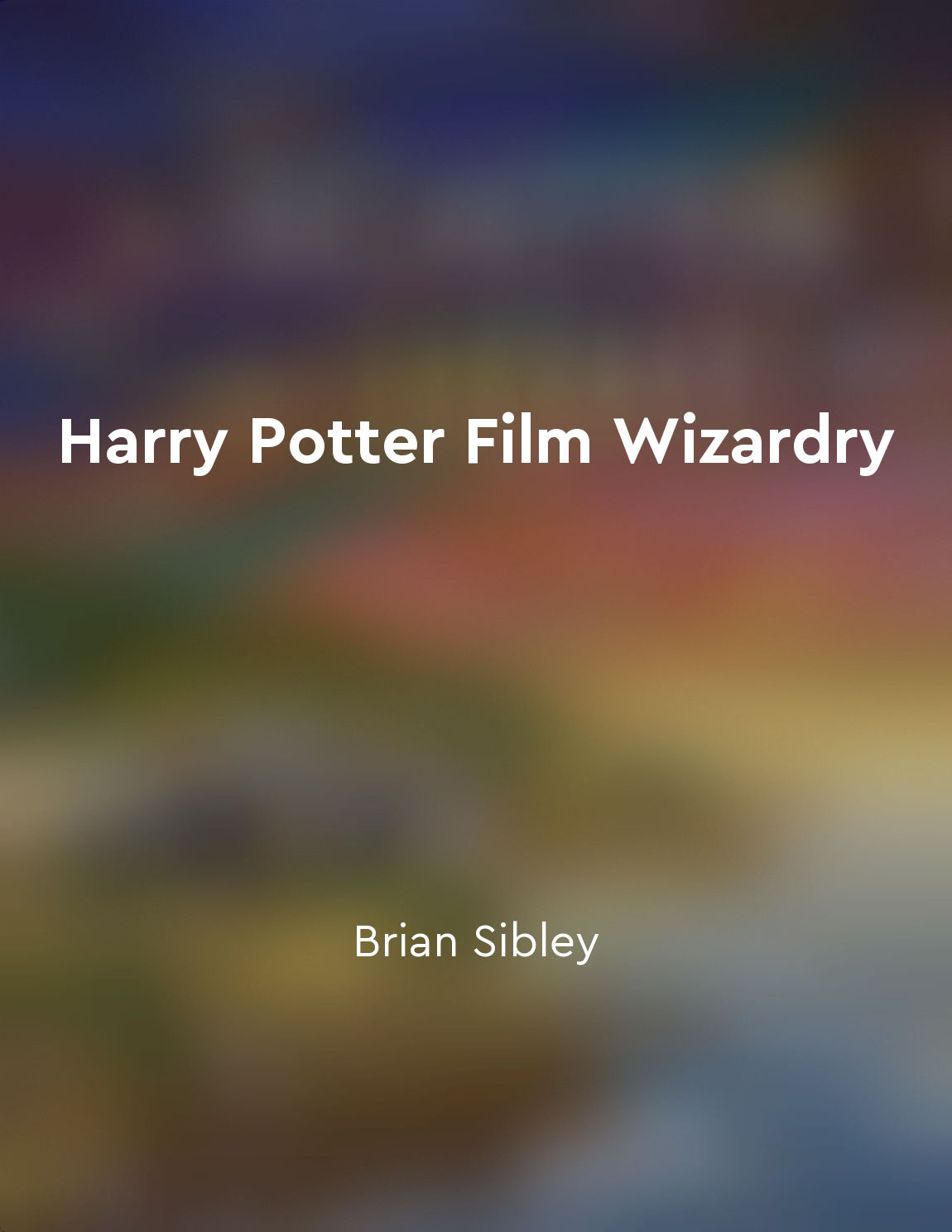Audio available in app
Similarities and differences between the two adaptations from "summary" of Disney in Wonderland: A Comparative Analysis of Disney's Alice in Wonderland Film Adaptations from 1951 and 2010 by Franziska Schütze
When examining the two adaptations of Disney's Alice in Wonderland film from 1951 and 2010, it is essential to delve into the various similarities and differences that exist between them. One striking similarity between the two adaptations is the central character of Alice herself. In both films, Alice is portrayed as a curious and adventurous young girl who finds herself in a whimsical and fantastical world. This consistency in character portrayal helps maintain the essence of the original story across both adaptations. Another significant similarity between the two adaptations is the presence of iconic characters such as the Mad Hatter, the Cheshire Cat, and the Queen of Hearts. These characters play a pivotal role in both films and contribute to the overall charm and appeal of the story. By including these familiar characters in both adaptations, the filmmakers are able to create a sense of continuity and connection for audiences who are familiar with the original tale. However, despite these similarities, there are also notable differences between the two adaptations. One key difference lies in the visual style and animation techniques used in each film. The 1951 adaptation features traditional hand-drawn animation, giving it a classic and timeless aesthetic. In contrast, the 2010 adaptation incorporates more modern CGI technology, resulting in a visually stunning and immersive experience for viewers. Additionally, the two adaptations differ in terms of narrative structure and pacing. The 1951 film follows a more episodic and disjointed narrative, with Alice encountering various characters and scenarios in a non-linear fashion. On the other hand, the 2010 adaptation offers a more cohesive and streamlined storyline, focusing on Alice's journey to fulfill her destiny and defeat the Jabberwocky.- While both adaptations of Disney's Alice in Wonderland share certain similarities in character portrayal and thematic elements, they also exhibit distinct differences in visual style, narrative structure, and overall storytelling approach. By exploring these similarities and differences, audiences can gain a deeper appreciation for how the same source material can be interpreted and adapted in unique and innovative ways.
Similar Posts
Exploding candy
Imagine a candy that is so powerful, it can literally make you explode! Yes, you heard it right - explode! In Willy Wonka's ext...
Foster a culture of continuous improvement and growth
At Pixar, we believe that fostering a culture of continuous improvement and growth is essential for success. This means creatin...

Harry Potter Film Wizardry is a treasure trove of information and insights for fans of all ages
"Harry Potter Film Wizardry" offers readers a deep dive into the magical world of the Harry Potter films, providing a wealth of...
Engaging plots with a humorous twist
These stories are like roller coasters, twisting and turning in unexpected ways to keep you on the edge of your seat. Just when...

The magic of Harry Potter comes alive through stunning photographs and neverbefore-seen artwork
Enter the enchanting world of Harry Potter through the pages of this book, where the magic of the beloved series truly comes al...

